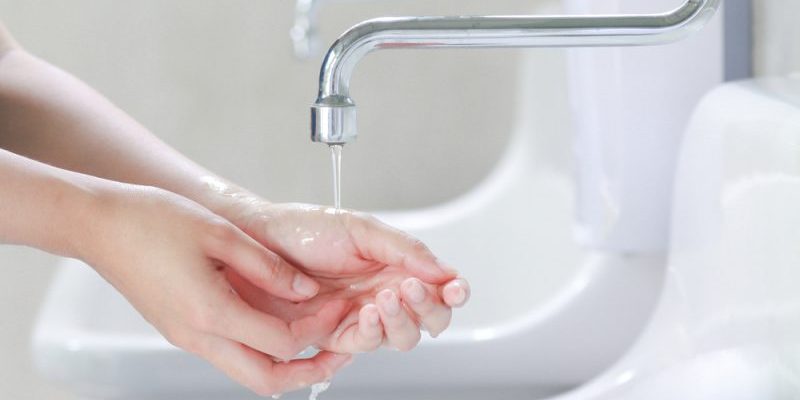Disinfection is one of the important processes in water purification. Water is purified to make it fit for human consumption and for some other purposes or usages. In water purification process, several unhealthy substances are removed from the raw water. The process involved in the water purification is determined by the intended usage of the water. The water quality is also determined by the purification purpose and the quality standard is judged against the intended usage of the water. For instance, the number and kind of microbes allowable in water intended for drinking purpose may not be the same for water intended for agricultural and chemical purposes.
Disinfection versus Sterilization
In disinfection, pathogenic microorganisms can be deactivated, removed or even killed. The deactivation or destruction of microorganisms will terminate their reproduction and growth. But the case is different with sterilization. In sterilization, every present microorganism is killed. This includes harmless and harmful microorganisms.
Microorganisms have to be removed from drinking water otherwise drinking water before it can be safe for consumption, especially for drinking purpose. People fall sick on drinking water that contains microorganisms. But not all microorganisms are harmful; in fact, there are harmful and harmless microorganisms. While disinfection will eliminate harmful microorganisms, sterilization will destroy both harmful and harmless microorganisms.
Chemicals Used for Water Disinfection
A number of chemicals can be used for the disinfection of water. The most common chemicals include chlorine, chlorine dioxide, hypo chlorite, ozone, halogens, bromine chloride and so forth. Disinfection kills bacteria, viruses and some other harmful substances. However, such bacteria can be removed through methods like filtration. However, water treated only by filtration method may not be really safe for use. To make water safe for usage, it has to be disinfected. This is why major or industrial water purification systems have disinfection systems installed in them.
Chlorine Disinfection
Chlorine is a primary chemical used for water disinfection; although some other chemicals are commonly used in the recent time to achieve a higher efficiency and better result in disinfection. Disinfection by chlorine is known as chlorination.
To chlorinate the drinking water, chlorine is simply added to the water. In some cases, a better result might be achieved by adding ammonia to chlorine to form chloramines. While chloramines may be a bit more effective than chlorine, chlorine is also highly effective and commonly used for some industrial and domestic water purification.
It is important to note that chlorine is a chemical and thus the safe level of this chemical should not be exceeded during the disinfection process. This is not just true for chlorine, it is true for any other chemical used to disinfect water. Studies show that chlorine, when used in small quantity, does not have a harmful effect and, in fact, can be effective in treating waterborne diseases.
However, the chemical used for disinfection should be maintained at a safe level. It is necessary to identify the safe level of the chemical. In the case of chlorine, the safe level is about 4 milligrams per liter (mg/L).



